A gentle & clever companion who is courageous and glamorous

Maltese Spotlight
- One of the oldest Toy breeds
- Ancient Greeks erected tombs for their Maltese companions
- Love to get dirty
- Gentle and intelligent
- High maintenance in terms of grooming
- Highly affectionate toward their families
- Excellent choice for first-time dog owners
- Not recommended with toddlers or small children
History
The Maltese has one of the most extensive histories of all the Toy breeds and is sometimes called the ancient dog of Malta, hence the breed’s name. It has been referenced in pieces of art, poems and written records dating back almost three thousand years.
Most of these early references are affiliated with Europe - specifically Greece, Rome and Egypt. The Greeks erected tombs for their Maltese when they died and the Egyptians often portrayed them on artifacts, which suggests that the breed was highly respected and potentially even held sacred in these early cultures.
Although the breed’s history is surely extensive and there is a lot of documentation from its early stages, the exact place where the breed was developed remains unknown. Some believe it descended from Spitz or Spaniel dogs in the Isle of Malta while others believe it was developed in Italy or perhaps Asia, but there is not sufficient evidence or documentation to back up any of these hypotheses.
The breed quickly became the desired companion of society’s elite, and this was particularly true in France. The breed first appeared in the U.S. toward the end of the 19th century and received American Kennel Club recognition in 1888. The Maltese currently ranks as the 32nd most popular dog breed on the AKC’s list.
Personality & Temperament
The Maltese is an animated and occasionally energetic breed that loves to play. They especially enjoy outdoor playtime and are not afraid of dirt or mud. They are one of the most gentle small dog breeds and are very in tune with their owners in terms of sensitivity.
They are also very intelligent, which means that training can be a pleasant bonding experience for owner and dog alike. Their keen alertness makes them excellent watchdogs and they will most certainly notify their owners if someone is at the door or if there is a strange noise outside. Properly socialized Maltese are very approachable and will seek affection from everyone they meet.
Proper training and socialization are as important for the Maltese as they are for any other breed. When a Maltese is not properly trained or socialized the result is small dog syndrome and all of the undesired traits that come with it, such as separation anxiety, excessive barking and food and resource aggression.
Maltese owners should make it clear from the very beginning who is in charge and should never give in to their dog’s wishes if the dog is being stubborn or acting as he or she is the leader of the pack. It should also be noted that Maltese can be more difficult to housebreak than other breeds, but patience and consistent training will have rewarding results.
Appearance & Grooming
Maltese are a small dog breed belonging to the Toy group. Most will stand eight to ten inches tall at the shoulder and weigh less than seven pounds when full grown, but a slightly larger size is not considered a flaw if the dog is of otherwise excellent quality according to the breed standard.
The head is proportional to the rest of the body and the eyes are round and dark. The long, silky white coat consists of just one layer and flows from the top of the body and reaches almost to the ground. The tail is covered with a long silky plume that arches forward over the dog’s back and falls to one of the sides.
Maltese are considerably high maintenance dogs when it comes to grooming. The long silky coat must be brushed on a daily basis as the fur is prone to matting. Maltese are often dirty due to their love of mud and dirt so in most cases, these dogs should be bathed on a weekly basis. The ears of the Maltese can easily fill with hair as it continues to grow and a professional groomer should be consulted for proper removal of this hair.
The nails should be trimmed once or twice per month, depending on how quickly they grow, to prevent floors, furniture and people from accidentally getting scratched. Maltese are as prone to dental problems as any other small dog breed, so their teeth will need to be brushed every other day or every few days to remove tartar buildup and keep their breath smelling fresh.
Health
- Progressive retinal atrophy (PRA) is a cluster of diseases that impact the retina. The diseases cause the cells in the retina, which is located in the rear portion of the eye, to become abnormal. Most cases of PRA result in a complete loss of vision. This group of diseases is genetic, meaning they it is passed down, so not all Maltese are at risk. Veterinarians recommend that breeding dogs receive annual eye exams to determine if they are carriers of the gene associated with PRA. When selecting your Maltese, be sure to work with a responsible breeder who tests for these abnormalities and is honest about the dog’s health backgrounds.
- Patellar luxation or kneecap dislocation is common in many toy and miniature breeds and is sometimes observed in Maltese due to their small size. The dog will only feel pain at the moment the dislocation occurs. Signs that a dog has a dislocated kneecap include lameness, sporadic skipping and irregular movement.
- Shaker syndrome, sometimes called white dog shaker syndrome, is a disorder that causes a dog’s body to shake uncontrollably. It results from the inflammation of the portion of the brain that controls muscle movement. The disorder is not solely observed in white dogs but white breeds like Maltese and West Highland Terriers are significantly more affected by it.
- Tracheal collapse is a condition in which the rings in the dog’s trachea or “windpipe” slowly collapse and force air through a smaller opening as a result. Symptoms of tracheal collapse include severe dry cough, heavy breathing and a blue tint on the dog’s gums.
Exercise & Care
Maltese have a relatively low energy level and do not require extensive exercise. Some members of the breed can be quite lazy and can be prone to weight gain, so it is important that even the most inactive dogs are walked on a daily basis to prevent obesity and other related health issues. In most cases, daily walks, inside playtime and occasional off-leash exercise will keep a Maltese happy and healthy.
Maltese are very much indoor dogs. Aside from time spent on neighborhood walks or running around during supervised playtime, they should not be left outside and should never be expected to sleep outside. Each dog’s nutritional needs will vary, so owners should work closely with their breeder and their veterinarian to determine a diet plan that works best for their Maltese.
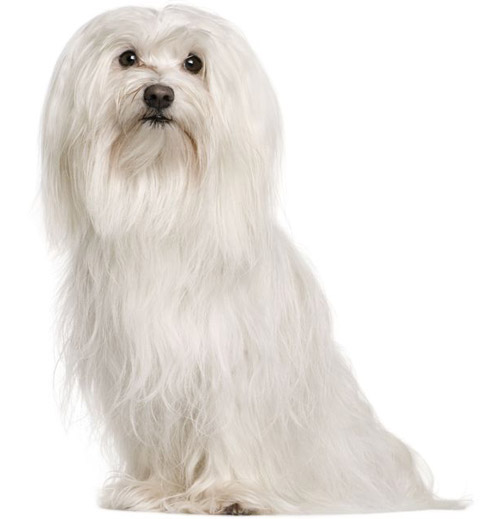
 Italy ?
Italy ?
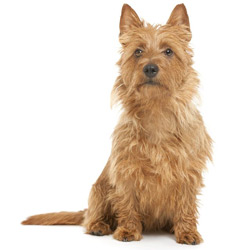
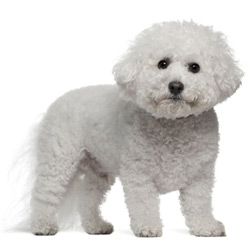
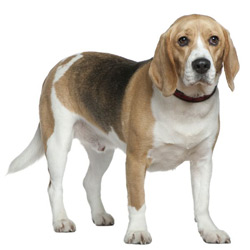
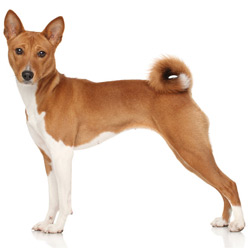
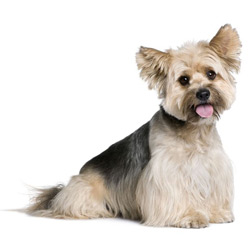
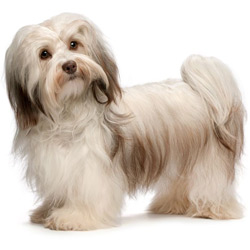
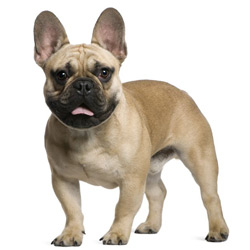
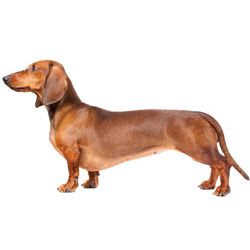
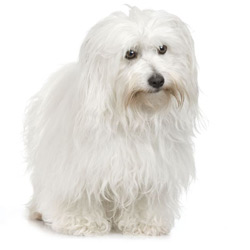
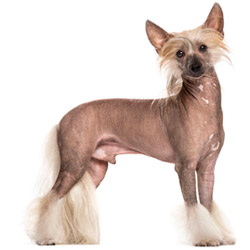
What do you think?